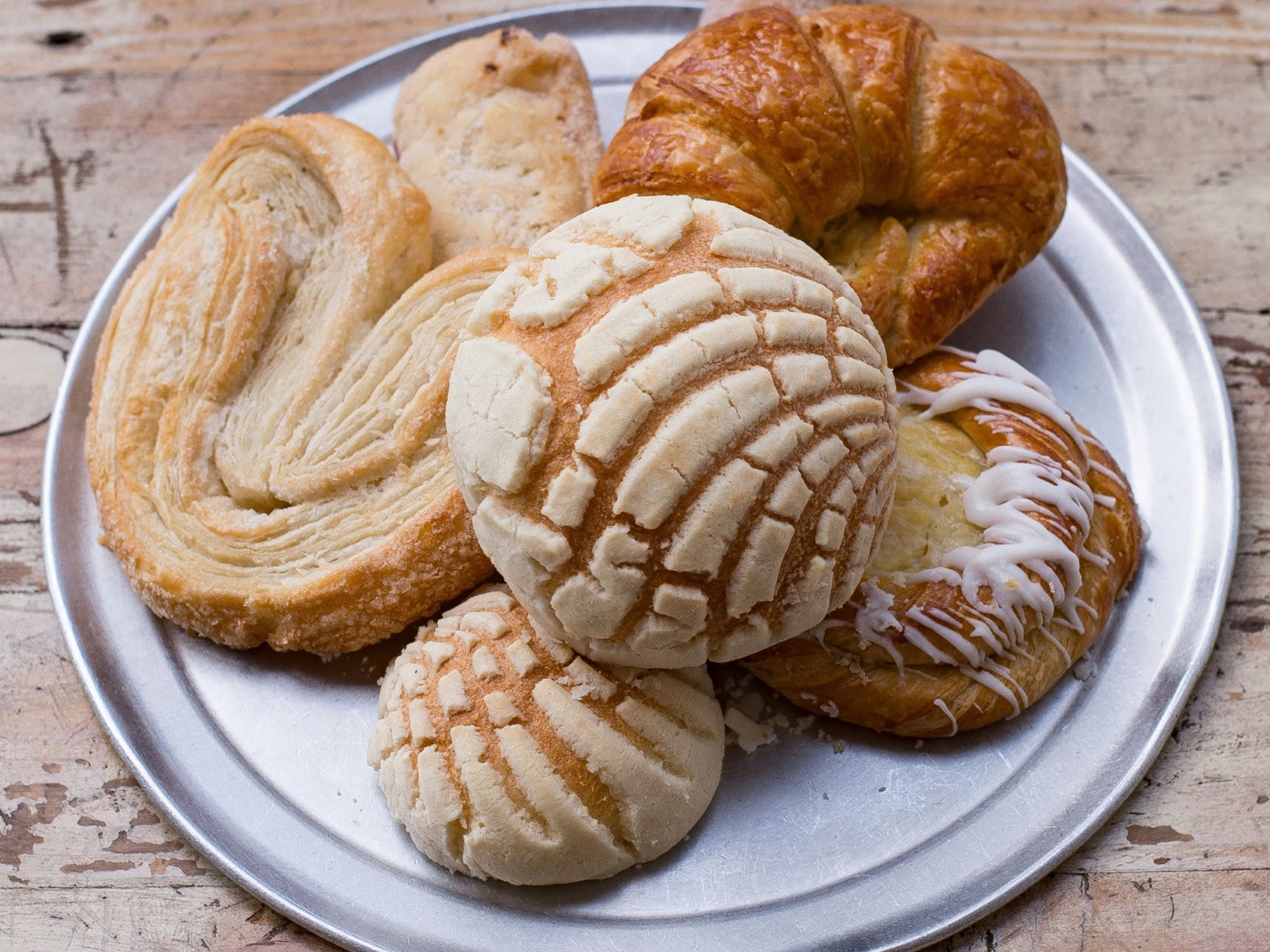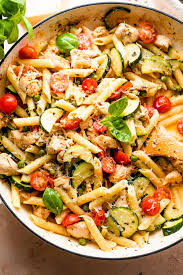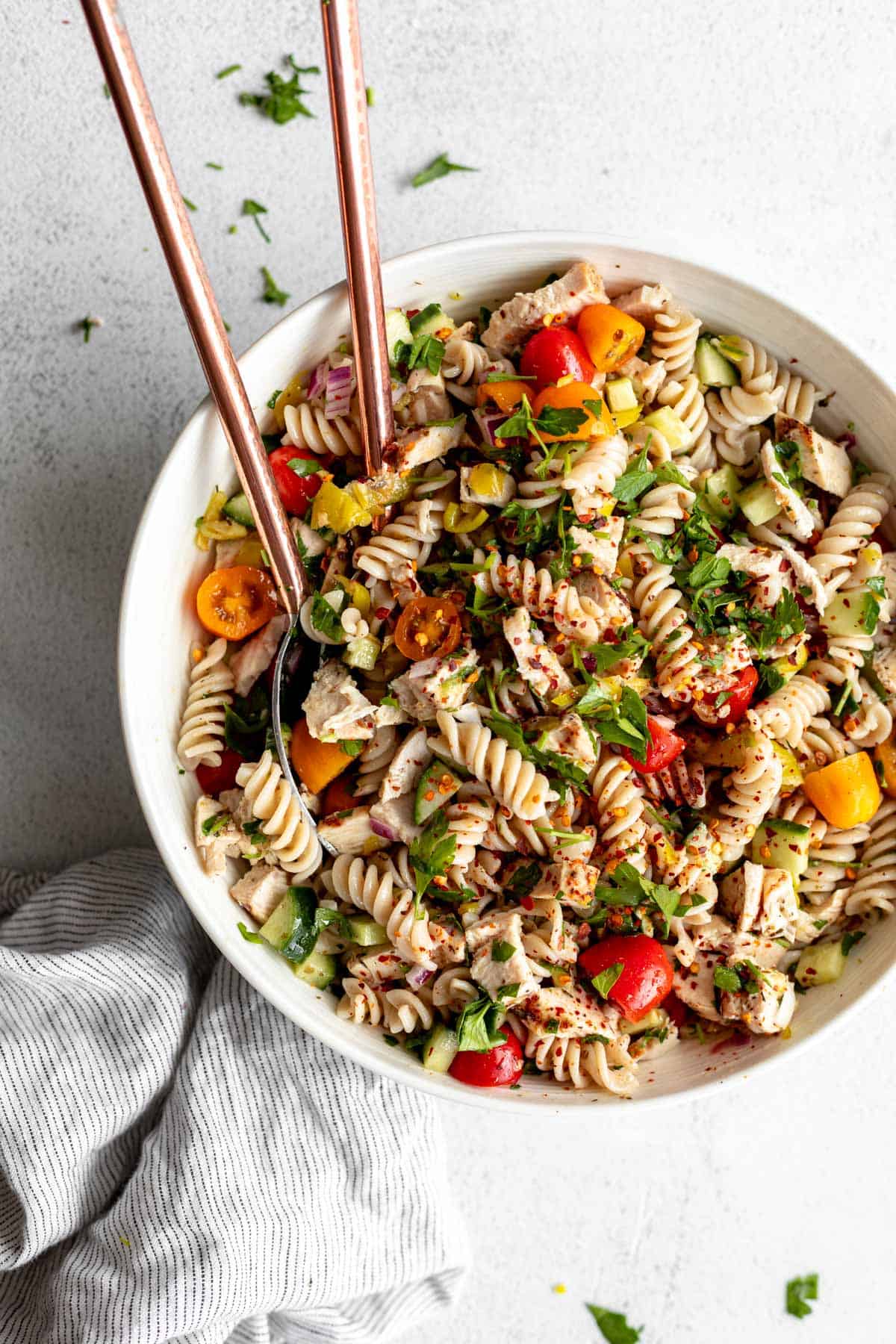Dulce Pan: A Delectable Journey to Tradition and Sabor
The pan dulce is a true delight that has won over the hearts and palates of millions of people worldwide. Even though every country has its own type of sweet bread, what makes this type of bread unique is its smooth texture, mildly sweet flavor, and ability to bring us back to comforting and nostalgic moments, whether it be for breakfast, a late-night snack, or as a post-meal treat. We will explore the history, varieties, and how to make a delicious pan that you will want to enjoy at all times in this blog.
What is the Pan Dulce?
The pan dulce is a type of pan distinguished by having a sweet touch to its coating or mass. Depending on the country, the dulce pan can be a smooth bollo, a relleno panecillo, or even a type of brioche adorned with azure, fruit, or crema. Many candies are enhanced with other ingredients, such as mantequilla, miel, leche, huevos, and, in some cases, fruits or vegetables, in addition to their sweet taste.
Pan dulce is a common accompaniment to family celebrations, breakfast, and traditional neighborhood “panaderías” where a wide variety of panes and frescoes are sold.
Here’s a Pan Dulce (Conchas) Recipe Card in table format:
| Ingredient | Amount | Notes |
|---|---|---|
| For the dough: | ||
| All-purpose flour | 4 cups | Sifted for lightness. |
| Sugar | 1/2 cup | Adds sweetness to the dough. |
| Butter (melted) | 1/2 cup | Provides richness to the dough. |
| Warm milk | 1 cup | Helps activate the yeast. |
| Active dry yeast | 2 teaspoons | Ensures the dough rises. |
| Salt | 1/2 teaspoon | Balances sweetness. |
| Eggs | 2 | Helps bind the dough and adds richness. |
| Vanilla extract | 1 teaspoon | Adds flavor to the dough. |
| For the topping (with or without cocoa): | ||
| Sugar | 1 cup | Sweetens the topping. |
| Butter (softened) | 1/2 cup | Creates a smooth topping. |
| All-purpose flour | 1 cup | Provides structure to the topping. |
| Cocoa powder (optional) | 1 teaspoon | Adds a chocolate flavor (optional). |
Instructions:
- Prepare the dough:
- In a large bowl, combine the flour, yeast, sugar, and salt.
- Add the warm milk, melted butter, eggs, and vanilla extract. Mix until a dough forms.
- Knead the dough for about 10 minutes, or until it becomes smooth and elastic. If the dough is too sticky, add a little more flour.
- Cover the dough with a clean kitchen towel and let it rise for about 1 hour or until it doubles in size.
- Prepare the topping:
- In a separate bowl, mix the softened butter, sugar, flour, and cocoa powder (if using) until smooth. The consistency should be thick and spreadable. Divide this mixture into two parts, one for vanilla conchas and the other for chocolate conchas.
- Shape the dough:
- Preheat the oven to 180°C (350°F). Punch down the dough to release the air.
- Divide the dough into small balls (about the size of a golf ball). Place them on a greased or parchment-lined baking sheet.
- Flatten each dough ball slightly with your palm.
- Spread the topping mixture on each piece of dough, creating a pattern (spirals or lines) using a knife.
- Bake the conchas:
- Bake for 15-20 minutes or until the conchas are golden brown. The tops should be slightly cracked, and the dough should feel firm yet soft to the touch.
- Cool and serve:
- Let the conchas cool on a wire rack before serving. Enjoy them with coffee, hot chocolate, or a glass of milk.
Enjoy your Pan Dulce (Conchas)! These soft, sweet breads with their signature sugar topping are perfect for any occasion.
The History of Pan Dulce”
Its origins can be traced back to Europe, specifically to Mediterranean countries like France and Italy, where the first refined forms of panadería emerged. However, the Spanish and European influence is responsible for the most popular kind of the pan dulce that we know today in Latin America.
In countries like Mexico, Colombia, and Argentina, the dulce pan has changed according to local customs, but its essence remains the same: a light and sweet pan that families enjoy throughout the day.
For instance, the dulce pan is an essential component of Mexican cuisine. They are served with a hot beverage like coffee, chocolate, or atole. Additionally, each region has its own specialties, such as the conchas, cuernitos, and polvorones, which are only a few of the most well-known varieties.
Dulce Pan Varieties
Depending on the region and the ingredients available, pan dulce can take many different forms. Some of the most widely used versions are:
Conchas
Among the most iconic in Mexico, conchas have a crujiente azúcar cap on the upper part that resembles a marisco’s concha. These caps, which can be made of chocolate or glass azúcar, go very well with the smooth inside of the pan.
Cuernitos
Typically made with azúcar, cuernitos have a larger shape and a little denser texture than other candies. The mantequilla used in their preparation gives them a more distinct flavor.
Polvorones
A very smooth and creamy pan dulce that melts easily in the mouth. Because of the harina of trigo and azúcar, they are small and have an arenosa texture. Canela or vainilla can be used to aromatize the polvorones.
Teleras
Teleras have a delgada corteza that is covered in azúcar, just as conchas but more flat. They are traditionally consumed with coffee or milk in many Mexican panaderías.
Elote Pan de
In some Latin American countries, pan dulce can also contain more unexpected flavors like maíz (elote). Due to the harina de maíz, this pan has a delicate and húmedo texture, a sweet taste, and a little granulated texture.
Bizcochos
These are little and delicate panes that are used as a merienda. They resemble muffins or cupcakes and are frequently made with chocolate, nuts, or dried fruit.
Pan Dulce Casero Restaurant
Now that we know a little more about the history and variety of dulces, it’s time to learn how to make one at home. Here you can find a simple recipe for making Mexican-style pan dulce, known as Conchas.
Substances:
Para la masa:
Four harina de trigo tazas
Half a taza of azúcar
Half a taza of derretid mantequilla
One taza of tibia leche
Two levadura seca cucharaditas
- Half a cup of salt Two huevos One cucharadita of vainilla extract
For the protection:
One taza of azúcar
Half a teaspoon of mantequilla
One taza of harina
One cacao cucharadita in polvo (optional for chocolate conchas)
Guidelines:
- Get the masa ready: Mix the salt, harina, levadura seca, and azúcar in a large tazón. Add the tibia leche, the huevos, the derretid mantequilla, and the vainilla. Mezcla must quickly develop a masa. For ten minutes, amasa the masa until it becomes smooth and elastic. If necessary, add a little more harina. Cube the masa with a clean cloth and leave it to rest in a clean place for about an hour or until its size has been doubled.
- Get the cover ready: Mix the dehydrated mantequilla, azúcar, harina, and chocolate (if desired) in a tazón to create a special pasta. Separate this mixture into two portions, one of which will be dejarred without cacao to obtain the vainilla conchas.
- Establish the conchas: Preheat the oven to 180°C (350°F). Divide the masa into small bolitas and create small redonded panes. Arrange each masa bolita in a bandeja for previously enharinada hornear. Lightly plan each bolita with your hands. Spread the azúcar pasta over each pan to create a capa with lines or espirales. To create the drawings on the azúcar cap, use a cuchillo.
- Hornear: Place the conchas in the horn and hornea for 15 to 20 minutes, or until they are done. When the toques are applied, they should feel soft to the touch yet slightly hard at the base.
- Enfriar dejar: Before serving the conchas, make sure to enfriar them in a rejilla.
Conclusion
In addition to being a culinary tradition, the pan dulce is an experience that connects us to our roots and invites us to enjoy the small moments. Whether it’s a concha crunchy, a cuernito smooth, or a polvorón quebradizo, each piece of pan dulce reminds us of the love and health that go into each recipe.
Now that you know how to make it at home, get ready to enjoy a delicious pan dulce with your favorite coffee or chocolate!


